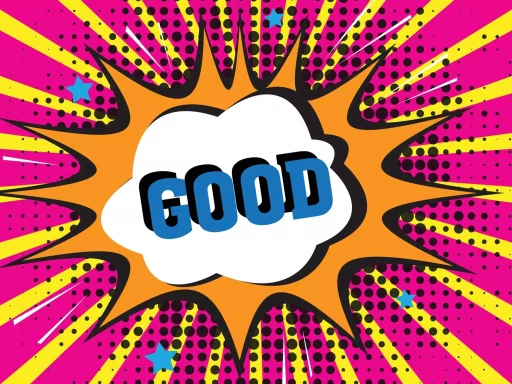Introduction to MRA
The term “MRA” often surfaces in discussions about gender roles, societal norms, and men’s rights. Short for Men’s Rights Activism, it represents a movement that advocates for the rights and welfare of men in various societal contexts. While this term is increasingly recognized, its interpretation can vary widely, especially in informal platforms like Urban Dictionary. This article explores the multifaceted meanings of MRA, its implications, and its societal impact.
MRA in the Urban Dictionary
Urban Dictionary, famous for its user-generated definitions, presents MRA with a blend of seriousness and humor, often reflecting contemporary societal attitudes. Here are some of the most notable definitions:
- MRA as Men’s Rights Activist: The most accepted definition highlights the role of MRAs in advocating for issues like paternity rights, education inequality, and mental health awareness for men.
- MRA as a Pejorative: In various contexts, the term is also used derogatorily to describe individuals perceived as overly aggressive in their advocacy for men’s rights, often bordering on misogyny.
- MRA and Gender Dialogues: Urban Dictionary entries often note that MRAs are part of broader discussions about feminism, gender equality, and societal expectations.
Historical Context
The movement has roots tracing back to the late 20th century when discussions surrounding gender rights began to gain momentum. In particular, the rise of third-wave feminism highlighted specific areas where men’s rights activists felt unfairly treated.
For example, MRAs often argue that court systems can unfairly favor women in custody battles, creating a bias against fathers. Such activism has invoked heated debates in public discourse, with MRAs demanding reforms to rectify these perceived injustices.
Key Issues Addressed by MRAs
MRAs focus on various issues that they believe warrant attention. Below are some key areas:
- Family and Divorce Law: Advocating for equal parenting rights and equitable distribution of assets.
- Men’s Health Issues: Highlighting mental health struggles and physical health issues that disproportionately affect men.
- Education: Campaigning against trends that they feel disadvantage boys academically.
- Social Stigma: Challenging stereotypes around masculinity that may hinder men’s emotional expression and wellbeing.
Case Studies: The Impact of MRA Movements
Several high-profile cases illustrate the influence of the MRA movement:
- Father’s Rights Movement in the U.S: Groups like the National Parents Organization advocate for shared parenting laws, presenting their arguments through campaigns and petitions, notably impacting legislative discussions.
- Men’s Health Initiatives: Various organizations have brought attention to issues like the higher suicide rates among men, pressing for mental health resources and support.
Statistics and Public Perception
Modern polls show an interesting dichotomy in public perception of MRAs:
- According to a 2021 survey, 45% of respondents felt that men’s rights activism plays a crucial role in gender equality discussions.
- Contrarily, 30% associated the movement with negative stereotypes, indicating that while there is support, there’s also a significant suspicion surrounding the movement’s motives.
Criticism and Controversies
Like any movement, MRAs face criticism. Detractors argue that some factions within the movement cross the line into anti-feminist rhetoric, creating divisions rather than promoting equality. This aspect is highly discussed in academic circles and online forums.
Additionally, the association of some MRAs with toxic masculinity or misogynistic behavior complicates the demographic’s message, leading to a polarized public perception. It raises questions about the methods and language used in advocating for men’s rights, which may sometimes alienate potential allies.
Conclusion: Future of Men’s Rights Activism
Understanding the MRA movement requires navigating a complex landscape of advocacy and public perception. While issues such as parenting rights, men’s health, and social stigma remain crucial, the movement must also contend with its lingering controversies.
Moving forward, a balanced dialogue that incorporates the perspectives of both MRAs and feminists could foster a more inclusive approach to gender equality, beneficial for all sides.
Engage with the Topic
As societal norms continue to evolve, so too will the conversation around MRA. Engaging thoughtfully with the topic on platforms like Urban Dictionary and beyond can bridge gaps and promote understanding.






